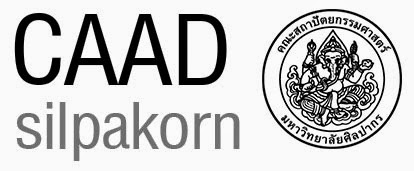หลักการ ของ SWIG จะเป็น Code Generator โดยจะสร้าง C++ หรือ C โปรแกรม source เป็น Class Wrapper
[Ruby,Python,PHP,Java..] <--- > Wrapper Class (c, c++) <---> [C#,Java,..]
โดยการทำงานสามารถเป็นการติดต่อแบบ 2 ทาง ได้
ในการใช้กับ Sketchup จำเป็นต้องรู้ว่า Ruby ที่ใช้อยู่ เป็น Version ใหน
ถ้าเป็น Sketchup 8 จะเป็น Ruby 1.8 ถ้าเป็น version 2014-2016 จะเป็น Ruby 2.0
Source ในการ Compile จะต่าง กัน
ตัวอย่างเช่น ต้องการเชื่อม Ruby กับ C++ Class โดยไม่ต้องทำ Interface อะไรเลย
class Shape {
public:
Shape() {
nshapes++;
}
virtual ~Shape() {
nshapes--;
};
double x, y;
void move(double dx, double dy);
virtual double area(void) = 0;
virtual double perimeter(void) = 0;
static int nshapes;
};
class Circle : public Shape {
private:
double radius;
public:
Circle(double r) : radius(r) { };
virtual double area(void);
virtual double perimeter(void);
};
class Square : public Shape {
private:
double width;
public:
Square(double w) : width(w) { };
virtual double area(void);
virtual double perimeter(void);
};
ใน Ruby ต้องการ เขียน เข้าไป Access Class ของ C++ ตรงๆ
c = Example::Circle.new(10)
s = Example::Square.new(10)
print "\nA total of #{Example::Shape.nshapes} shapes were created\n"
# ----- Member data access -----
# Set the location of the object
# Notice how we can do this using functions specific to
# the 'Circle' class.
c.x = 20
c.y = 30
# Now use the same functions in the base class
s.x = -10
s.y = 5
print "\nHere is their current position:\n"
print " Circle = (", c.x, ",", c.y, ")\n"
print " Square = (", s.x, ",", s.y, ")\n"
# ----- Call some methods -----
print "\nHere are some properties of the shapes:\n"
for o in [c, s]
print " #{o}\n"
print " area = ", o.area, "\n"
print " perimeter = ", o.perimeter, "\n"
end
การเชื่อมต่อ ระหว่างRuby กับ C++ใช้ Swig ทำได้โดยสร้าง Interface file
/* File : example.i */
%module example
%{
#include "example.h"
%}
/* Let's just grab the original header file here */
%include "example.h"
การเรียกใช้ Swig เพื่อสร้าง Class Wrapper
swig.exe -c++ -ruby sample.i
จะสร้าง file output -> sample_wrapper.cxx , .hxx ให้ นำไปใส่ใน Project Explorer
จะเป็น Interface file ให้ compile ด้วย Visual studio 2012,2013
สำหรับ Header และ Library Download ตามนี้
https://github.com/thomthom/ruby-c-extension-examples/tree/VS2013/ThirdParty/include/ruby/2.0/win32
http://www.swig.org/download.html
ตัวอย่างการ Run ใช้การ load Code ของ Ruby


